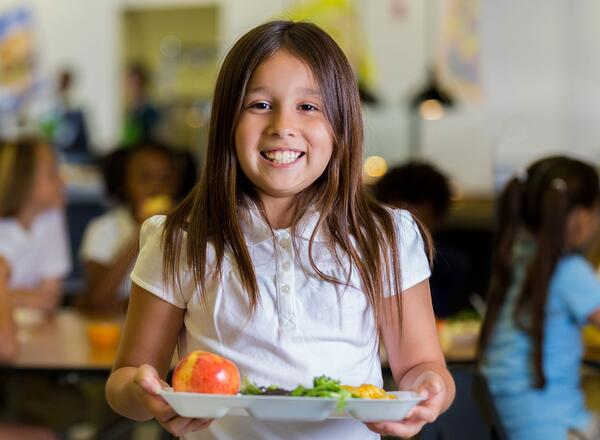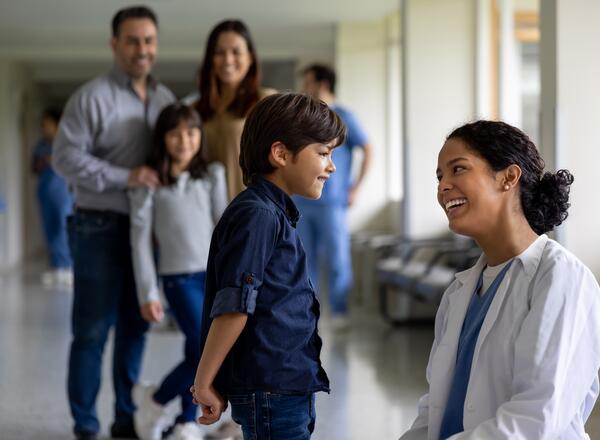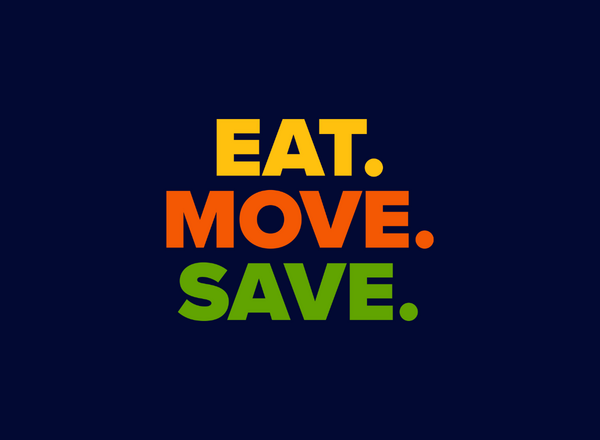Community-based Nutrition Information
Illinois Supplemental Nutrition Assistance Program Education (IL SNAP-Ed) provides community-based nutrition education for individuals and families eligible for the Supplemental Nutrition Assistance Program (SNAP). IL SNAP-Ed works with communities and local partners to prevent obesity and reduce the risk of chronic disease by making nutritious foods and active living opportunities more accessible. In Illinois, the SNAP-Ed program is known as Eat. Move. Save. The program is delivered by University of Illinois Extension and University of Illinois Health’s Chicago Partnership for Health Promotion. Results show that IL SNAP-Ed encourages steps toward health and wellness among Illinois residents.
Read our Illinois SNAP-Ed Impacts and Return on Investment Executive Summary.
Watch our 3-Year summary report.

Illinois SNAP-Ed returned between $5.36 and $9.54 per dollar spent.
A return-on-investment analysis estimated the economic benefits of the IL SNAP-Ed program per dollar spent. A model was constructed using program data and prior literature to estimate the number of obesity and food insecurity cases prevented by IL SNAP-Ed. Altarum’s Value of Health model was then used to estimate the total value of future health and economic improvements from the prevented cases. Read our Impacts and Return on Investment Report.
SNAP-Ed helps prevent obesity
An estimated 5,060 cases of obesity and 570 cases of food insecurity were prevented across Illinois children and adults in a single year.
- For a single year of programming, IL SNAP-Ed was estimated to generate total discounted future societal benefits between $76.0 million and $135.3 million.
- For a single year of programming, IL SNAP-Ed was estimated to generate future benefits for: • The federal government between $23.9 million and $43.5 million, • State and local governments between $5.4 million and $9.4 million, and • Households and the private sector between $46.7 million and $82.4 million.

IL SNAP-Ed works with local partners and coalitions to reach families across communities with a combination of SNAP-Ed activities. Community partnerships and coalitions were recently evaluated to determine how Illinois SNAP-Ed and community organizations work together to support food access, healthy eating, and active living in Illinois communities. Read our Community Network Impact Evaluation Report.
More than two-thirds of partners indicated working with IL SNAP-Ed in a variety of ways, including:
- using SNAP-Ed’s educational resources
- hosting nutrition education and cooking skills classes
- creating, implementing, and assessing healthy policies
- coordinating to avoid duplication within the community
- collaborating on community coalitions and committees
- working to share aligned health messages in the community

In 2020, Illinois SNAP-Ed at the University of Illinois Extension and the Illinois Chicago Partnership for Health Promotion expanded the existing SNAP-Ed social marketing campaign called Eat.Move.Save. The campaign was launched in October 2021. Eat.Move.Save. is designed to promote healthy eating and physical activity in communities having high concentrations of families with lower incomes. Read our Social Marketing Campaign Evaluation Report.
The results: Eat.Move.Save. campaign messages are reaching priority populations in Illinois, with higher rates of exposure among Illinois residents who participate in assistance programs, who experience food insecurity, and who have lower levels of educational attainment.
Watch our recent webinar: Illinois SNAP-Ed: A Program of Impact
A return-on-investment analysis estimated the economic benefits of the IL SNAP-Ed program per dollar spent. A model was constructed using program data and prior literature to estimate the number of obesity and food insecurity cases prevented by IL SNAP-Ed. Altarum’s Value of Health model was...
Learn More About Illinois SNAP-Education

Jennifer McCaffrey


